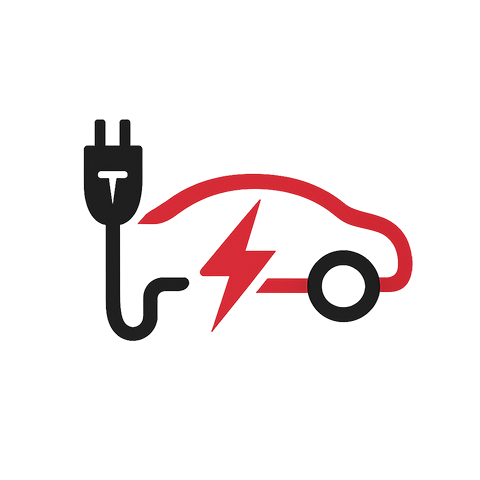
“Ultimate Guide to Overcurrent Protection for Engine Efficiency”
Ultimate Guide to Overcurrent Protection for Engine Efficiency
When it comes to maximizing the efficiency and lifespan of your engine, understanding overcurrent protection is crucial. In an age where performance and sustainability go hand in hand, ensuring your engine operates without excess current is key to achieving optimal results. This guide will delve into what overcurrent protection is, its importance, and how to implement it effectively to boost engine performance.
What is Overcurrent Protection?
Overcurrent protection refers to the mechanisms and devices designed to prevent excessive current from flowing through electrical circuits, which could potentially cause damage. In the context of engine systems, overcurrent can occur due to short circuits, overloads, or component failure, leading to overheating and reduced functionality. By incorporating overcurrent protection, you safeguard your engine’s components, enhancing durability and operational efficiency.
Why is Overcurrent Protection Essential for Engines?
Engines are complex systems that operate under high stress and varying loads. The consequences of unprotected circuits can be dire, including:
- Damage to Components: Excessive current can lead to burnt-out wires, fried circuits, and ultimately, engine failure.
- Increased Maintenance Costs: Frequent repairs due to overcurrent issues can inflate your operational expenses.
- Reduced Efficiency: An engine compromised by overcurrent will consume more energy and deliver less power, drastically affecting performance.
Types of Overcurrent Protection
Implementing the right type of overcurrent protection is vital for ensuring the health of your engine. Here are some key devices and methods:
1. Fuses
Fuses are one of the simplest forms of overcurrent protection. When the current exceeds a specified limit, the fuse blows, interrupting the circuit and preventing damage to the engine’s components.
2. Circuit Breakers
Circuit breakers can be reset after tripping due to overcurrent, making them a more versatile option than fuses. They automatically disconnect the power supply, providing an added layer of protection.
3. Relays
Relays can provide additional control over current flow. They can cut off excess current when certain thresholds are met, helping to prevent engine strain from occurring.
Best Practices for Implementing Overcurrent Protection
To effectively incorporate overcurrent protection into your engine systems, consider the following best practices:
- Assess Load Requirements: Understand the load requirements of your engine to determine appropriate protection levels.
- Select the Right Devices: Choose fuses, breakers, or relays based on your engine’s specifications and operating environment.
- Regular Maintenance: Check and replace protection devices periodically to ensure they function optimally and to prevent mishaps.
- Stay Informed: Keep abreast of new technologies and best practices in overcurrent protection to adapt your strategies accordingly.
Monitoring and Maintenance
An integral part of overcurrent protection is the continuous monitoring of your engine systems. Utilizing diagnostic tools and software can help you detect abnormalities in current flow and identify potential issues before they escalate. Regular maintenance sessions should also include inspections of all protective devices to ensure they are operating correctly and are free of corrosion or degradation.
By prioritizing overcurrent protection, you are more than just a guardian of your engine; you are a steward of efficiency, performance, and longevity. Make informed decisions, and remember that each layer of protection adds value to your engine, keeping its heart beating strong.



